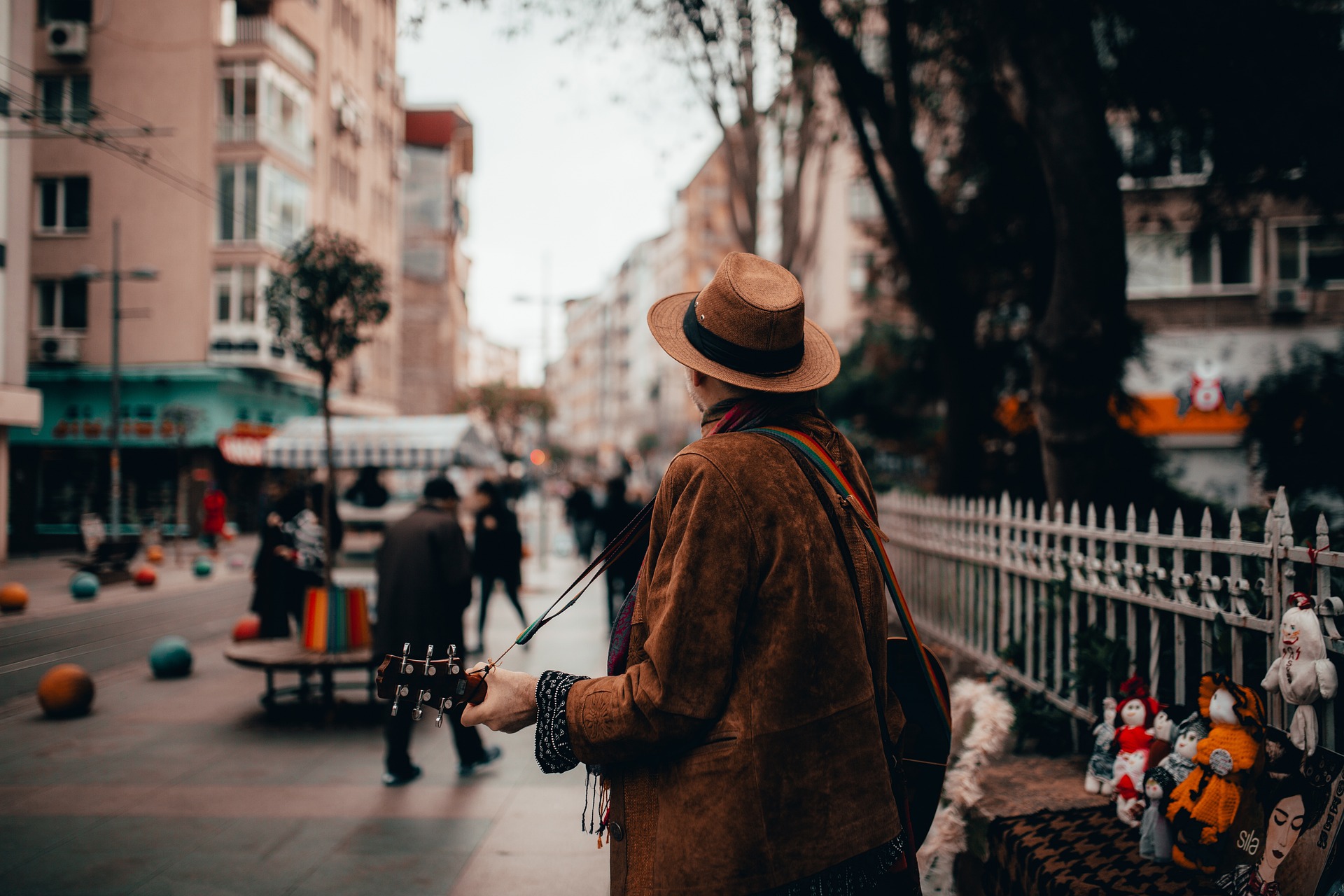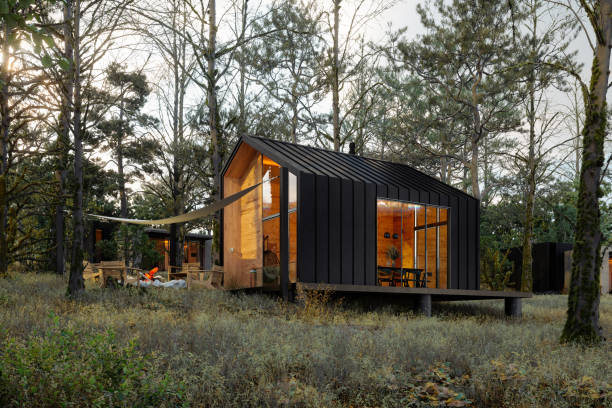Rethinking Urban Spaces: The Rise of Pocket Parks in Mega Cities
Introduction: The transformation of urban landscapes has blossomed into an intriguing social phenomenon. An emerging trend—pocket parks—is shaping the future of metropolitan living, offering an oasis amid concrete jungles. Read below for an in-depth exploration of this societal shift.

A Historical Perspective on Urban Spaces
Ever since the industrial revolution, urban areas have been defined by their concrete structures—skyscrapers, apartments, and infrastructure. Yet, the importance of public spaces within these urban landscapes has been recognized since ancient times. Historical cities like Rome and Athens incorporated public spaces as critical elements of city planning. However, the exponential growth of mega cities in the 20th century often led to the neglect of public spaces, causing a growing disconnection between city dwellers and nature.
A Breath of Fresh Air: The Emergence of Pocket Parks
Faced with the challenge of overcrowded urban living, city planners and architects have started to reconsider the role of green spaces within city limits. The concept of ‘pocket parks’—small, accessible, and often unexpected green spaces in urban landscapes—emerged from this thought process. Pocket parks, also known as ‘mini parks’ or ‘vest pocket parks,’ are typically the size of a few house lots and provide a much-needed respite from the urban hustle.
The Societal Impact of Pocket Parks
The introduction of pocket parks has profound sociological implications. They serve as communal gathering spaces, encouraging social interaction in densely populated neighborhoods. They also promote environmental sustainability by integrating nature within urban landscapes, fostering a sense of respect and responsibility towards the environment among city dwellers. Moreover, these parks can contribute to improved mental health by providing tranquil spaces for relaxation and reflection in otherwise bustling environments.
Current Trends and Future Implications
Pocket parks have been gaining popularity across the world, from New York’s Paley Park to Tokyo’s urban mini-parks. As more cities recognize the benefits of these spaces, it’s predicted that the integration of pocket parks into urban planning will become a global trend. This shift could potentially redefine urban lifestyles, encouraging a balance between fast-paced city living and the calming influence of nature.
A Greener Future for Urban Living
The rise of pocket parks signifies a larger cultural shift towards sustainable city living. It reflects a collective desire to reclaim nature within urban environments and a growing understanding of the role of public spaces in societal well-being. As we navigate the complexities of urbanization, pocket parks offer a beacon of hope, pointing towards a future where city living harmonizes with nature, rather than competing against it.
In essence, pocket parks are much more than mere patches of green in a sea of grey. They are a testament to our evolving understanding of urban spaces and a reflection of the changing societal values towards sustainability, community, and mental well-being. They exemplify how, even within the constraints of concrete jungles, we can carve out spaces that nurture both the individual and the community.




